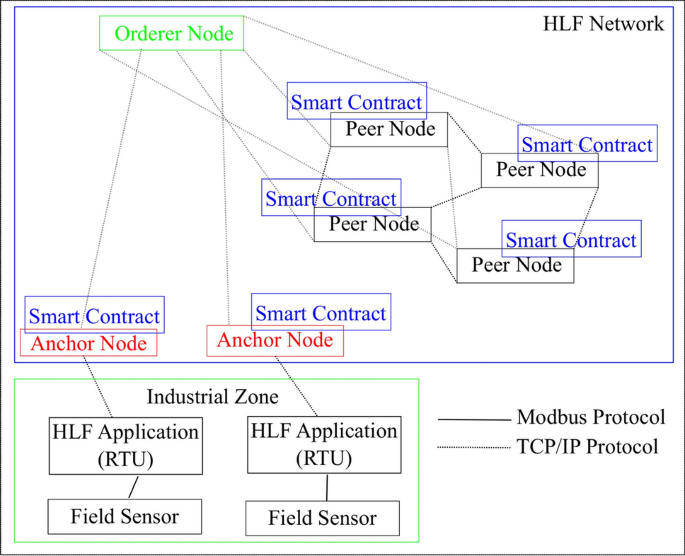

The results of many studies have also shown that spacing altered the plant architecture, photosynthetic efficiency of leaves, fruit size and fruit production pattern. The nutrient use efficiency can be improved with the use of optimum plant population. Besides, earlier crop cover provided by smaller row width is contributory to enhance soil protection, diminishing water runoff and soil erosion. This is particularly important under favourable soil surface moisture conditions since it allows crop plants to exploit photosynthesis and the amount of water that is requires for growth processes rather than been evaporated from the soil.

Thirdly, the faster shading of soil water being lost by evaporation. The smaller amount of sunlight striking the ground decreases the prospective weed interference, especially for shade-intolerant species. Secondly, light interception maximization from early canopy closure also decreases transmittance through the canopy, et al. First, it reduces competition among plants within rows for light, water and nutrients due to a more equidistant plant arrangement. Reducing the space between neighbour rows at any particular plant population has several potential advantages. Normally, yield per unit area tends to increase as plant density increases up to a point and then declines. Plant population or plant spacing is a crucial factor for attainment of maximum crop yield which is influenced by inter and intra row crops spacing. Yield variables of crops are influenced by plant competition or by changes in plant population density. Watermelon is commonly planted in rows of varying spaces less effort has been made to plant at optimum densities to maximize its productivity in different agro-ecological zones. Like many other tropical countries, most cropping systems in Nigeria are traditional and varies across agro-ecological zones and diverse according to cultural food needs of resource-poor farmers. In recent times, its cultivation has stretched down to the forest belts of south western Nigeria.


In Nigeria, watermelon cultivation has considerably increased in the last one decade with the major production areas located in the Sahel, Sudan and Guinea agro-ecological zones. Watermelon ( Citrullus Lanatus) belongs to the family Cucurbitaceae with its centre of origin traced to both the Kalahari and Sahara deserts in Africa. Further study in other humid agro ecological zone is equally recommended. For optimum weed suppression which will in turn increase yield of the crop, it is therefore suggested that farmers should adopt 1m x 0.5m spacing in watermelon production. Watermelon spaced at 1m x 1m spacing has the highest number of fruit (6.67) and fruit diameter (11.99cm) follow by 1m x 0.5m (4.67) and (10.79cm) and 1m x 1.5m having the least number of fruit and fruit diameter respectively. Results showed that sowing watermelon at 1m x 0.5m produced plants with thicker vines (4.10cm) and weed cover score (4.00) compared to sowing at 1m x 1m (3.86cm) and (6.66) respectively. Data collected were subjected to one-way analysis of variance (ANOVA) and where significant difference exist, means of treatments were compared using Duncan Multiple Range Test (DMRT) at 5% level of probability. Data collected included weed fresh weight, weed cover score, weed density, vine length, number of leaves, vine girth at 3, 6 and 9 weeks after planting (WAT) and number of fruit, fruit diameter and yield per plot at harvest. Three different spacing namely: 1m x 1m, 1m x 0.5m, and 1m x 1.5m replicated three times were used. An attempt was made to evaluate the effect of different spacing on weed interference, growth and yield of watermelon in Ikorodu agro-ecology during the rainy season of 2019. The spatial distribution of plants in a crop community is an important determinant of yields.


 0 kommentar(er)
0 kommentar(er)
